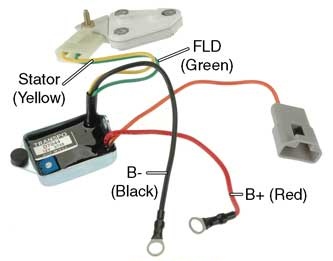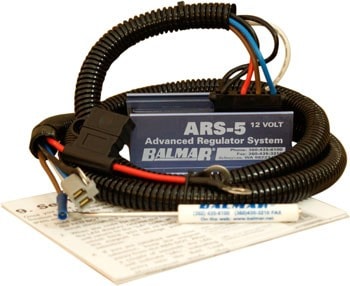Yet the problem as it has been stated remains, how do we know when the battery is full? A prolonged cranking in a car will discharge a battery just as well as any load on a boat. The battery gets discharged, it gets recharged. How do we know when the car battery is full? It really is the same question.
The point I'm raising is many get all verklempt on their boat and never give it a second thought in their car. Why? Because we trust the car's charging system to do its job without additional user input.
The point I'm raising is many get all verklempt on their boat and never give it a second thought in their car. Why? Because we trust the car's charging system to do its job without additional user input.












Comment